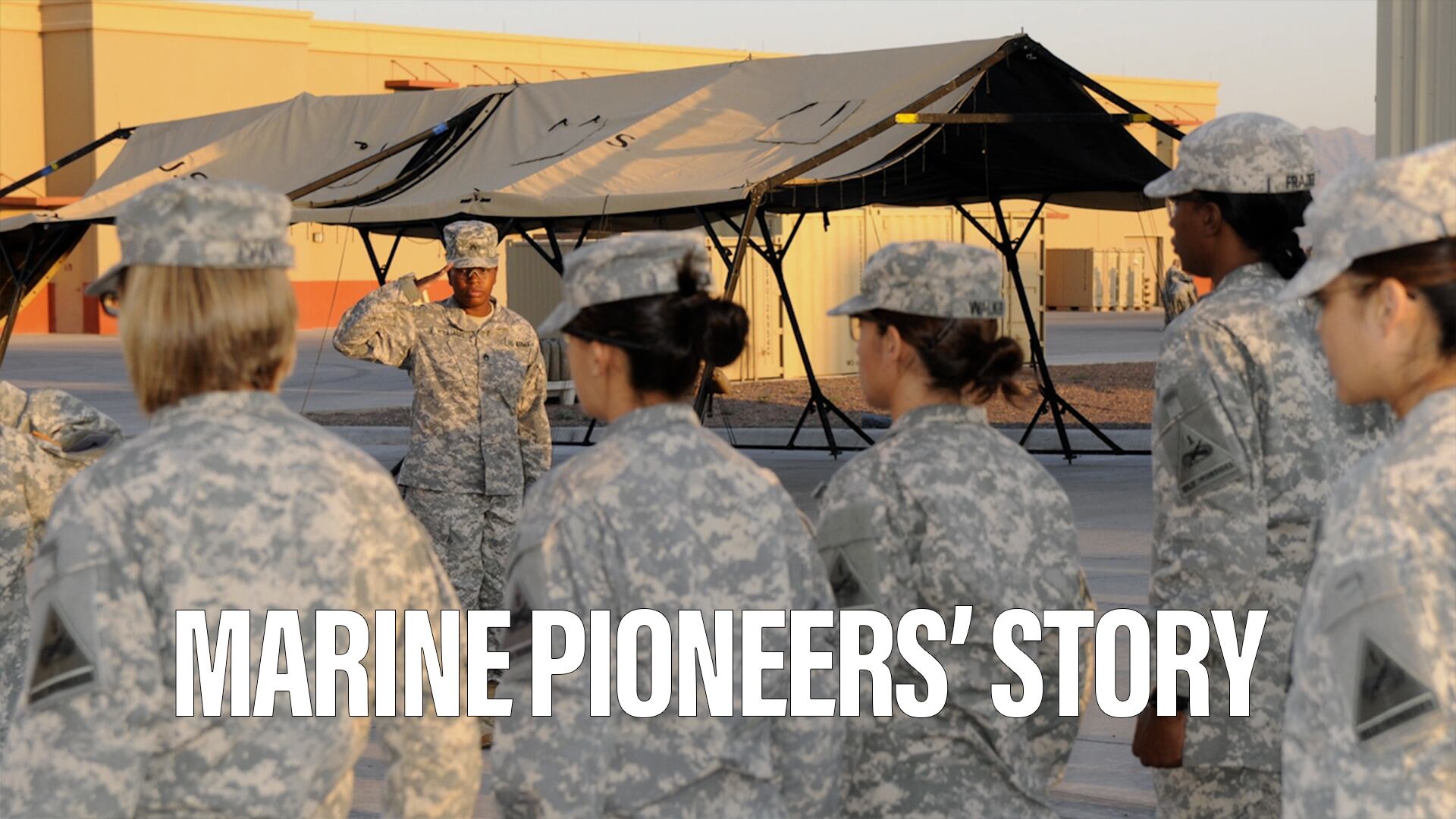WASHINGTON — The United States will hold up $255 million in military assistance for Pakistan until it cracks down on extremist groups that threaten neighboring Afghanistan, officials said Thursday, in the first concrete step since President Donald Trump vowed to ramp up pressure on Pakistan.
In his new strategy for the 16-year Afghan war, Trump singled out Pakistan for harboring Taliban leaders and other militants that are battling American troops in Afghanistan. Trump’s tough words about Pakistan, a troubled U.S. security partner, infuriated Islamabad and triggered anti-U.S. protests that Pakistani police have had to use tear gas to disperse.
Although the Trump administration had floated the possibility of curtailing aid, hitting Islamabad with sanctions or severing its status as a major non-NATO ally, it had been unclear until Thursday exactly what types of measures the administration would pursue, or how quickly.
“We have been paying Pakistan billions and billions of dollars at the same time they are housing the very terrorists that we are fighting,” Trump said in his Afghanistan speech. “But that will have to change.”
Trump’s administration had faced a Sept. 30 deadline either to say that it planned to spend the $255 million, or lose it. Ahead of that deadline, the administration told Congress that it will indeed use the money, but is putting a “pause” on spending it or on assigning any funds to specific sales of military equipment to the Pakistanis.
State Department officials said the funds won’t be released until the U.S. sees that Pakistan is more successfully addressing U.S. concerns about safe havens in the country for groups including the Haqqani network, which is allied with the Afghan Taliban and has been blamed for some of Afghanistan’s worst attacks. The officials weren’t authorized to comment by name and requested anonymity.
But Pakistan has long maintained that its purported Taliban ties and tolerance of extremists groups are overblown, arguing it is already doing its best to help the U.S. stabilize Afghanistan. And American officials wouldn’t describe any specific steps they were demanding that Pakistan take, nor would they say whether they’d even communicated such steps privately to the Pakistanis.
The vague nature of the U.S. demands on Pakistan, coupled with the split-the-difference approach of putting the promised funds aside indefinitely, suggested the Trump administration was still struggling to settle on its Pakistan policy even after the president unveiled it with fanfare in a prime-time address. On Afghanistan, too, the plan is a work in progress, with Pentagon officials still determining a final number for how many more U.S. troops will be sent to Afghanistan.
“This is symbolic more than significant, on both sides,” said Ambassador Jim Jeffries, a former longtime diplomat now at the Washington Institute for Near East Policy. “The Pakistanis will push the usual buttons of protests and complaints and diplomatic anger, but they will also think, ‘Boy, what else will Trump do?’”
Islamabad has already reacted angrily to Trump’s allegation that the country harbors extremists, with the country’s lower house of parliament passing a resolution this week denouncing his claim. Security analyst have also warned that isolating Pakistan could lead it to seek closer ties with Russia, Iran and China — rival powers whose influence in the region is a longstanding concern for the U.S.
The U.S. has sought before to use aid to Pakistan as leverage to secure its cooperation on Afghanistan, previously withholding Coalition Support Funds. To Pakistan’s dismay, Trump has also dangled the possibility of bringing India — Pakistan’s archenemy — deeper into the Afghanistan process unless Pakistan is more cooperative.
Pakistan has fought for years with the Pakistani Taliban and homegrown extremists, but at the same time has tolerated the Afghan Taliban and the related Haqqani network. It’s widely accepted that Afghanistan’s Taliban leaders are living in Pakistan and that Pakistani hospitals treat the group’s wounded.








